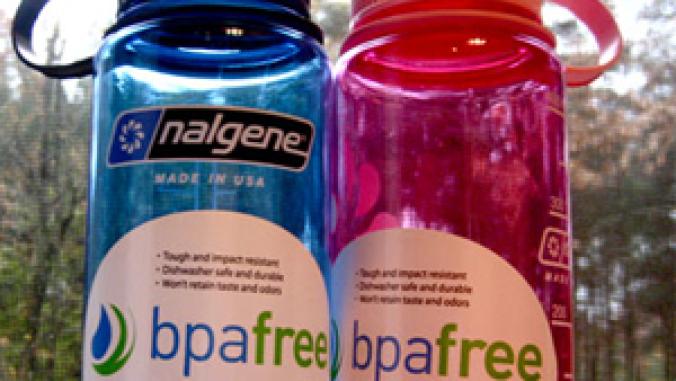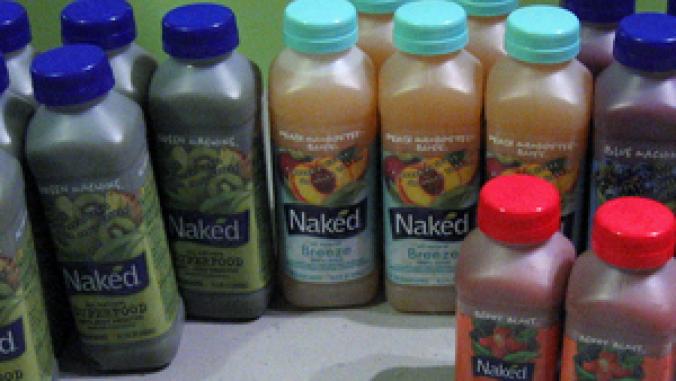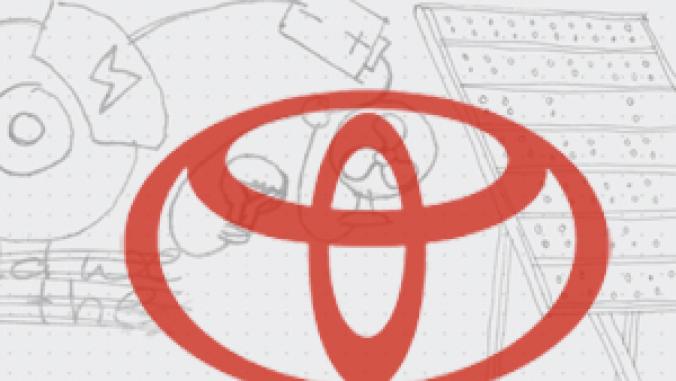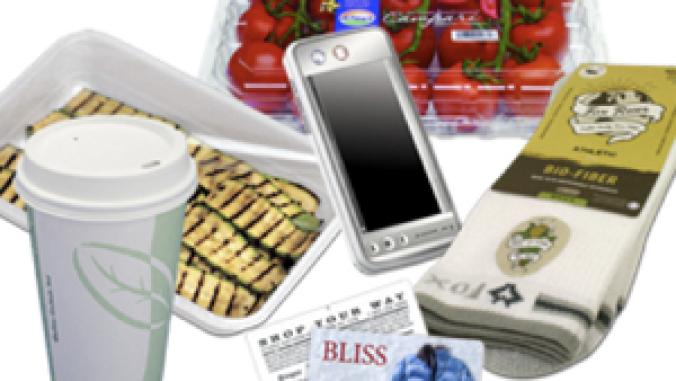Updated Packaging Tool Adds Impacts From Shipping, Refills
<p>A new version of a web-based packaging impact tool allows companies to see how single-use packaging compares to refills. Users can also figure out the transportation-related impacts of different types of packaging.</p>

Packaging - CC license by Flickr user quinn.anya
A new version of a web-based packaging impact tool allows companies to see how single-use packaging compares to refills and figure out the transportation-related impacts of different types of packaging.
The Sustainable Packaging Coalition has released Version 2.0 of COMPASS, a web-based application that compares the environmental impacts of different package designs.
COMPASS assesses packaging on resource consumption (including fossil fuels, water and minerals), emissions (like greenhouse gases and aquatic toxicity) and packaging attributes (material health, solid waste, recycled or virgin content, and sourcing).
Version 2.0 of COMPASS has an updated user interface and lets users compare single-use packaging to refillable packaging, see the impacts from packaging transportation and create scenarios for multi-packs like beverage six-packs. As part of the transportation modeling, users can see impacts from transportation related to filling, collating and shipping to distribution centers.
First launched last March, COMPASS is now used by more than 80 companies and packaging education institutes like Johnson & Johnson, Procter & Gamble, Michigan State University and the Rochester Institute of Technology. UPS is also using COMPASS to provide customers with information on the impacts of their shipment packaging choices.
Packaging - CC license by Flickr user quinn.anya




